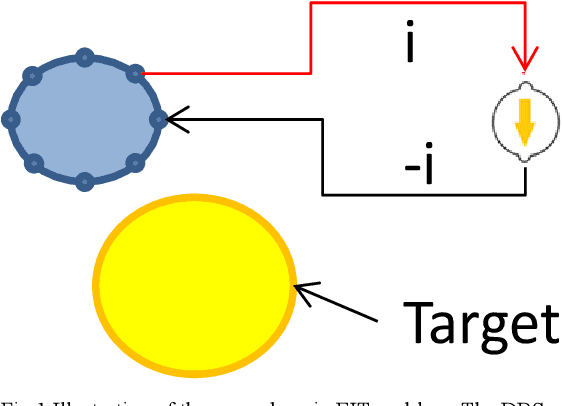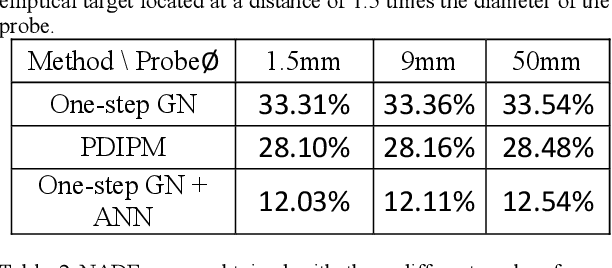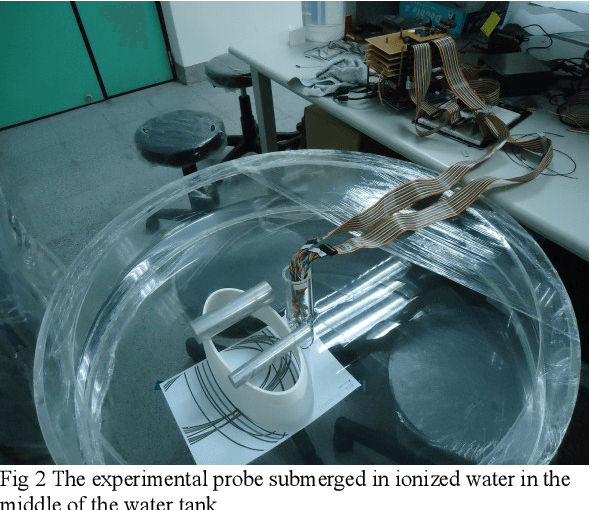A Feasibility Study on Real-Time High Resolution Imaging of the Brain Using Electrical Impedance Tomography
Paper and Code
Mar 07, 2022



Objective: The strengths of Electrical Impedance Tomography (EIT) are its capability of imaging the internal body by using a noninvasive, radiation safe technique, and the absence of known hazards. In this paper we introduce a novel idea of using EIT in microelectrodes during Deep Brain Stimulation (DBS) surgery in order to obtain an image of the electrical conductivities of the brain tissues surrounding the microelectrodes. DBS is a surgical treatment involving the implantation of a medical probe inside the brain. For such application, the EIT reconstruction method has to offer both high quality and robustness against noise. Methods: A post-processing method for open-domain EIT is introduced in this paper, which combines linear and nonlinear methods in order to use the advantages of both with limited drawbacks. The reconstruction method is a two-steps method, the first solves the inverse problem with a linear algorithm and the second brings the nonlinear aspects back into the image. Results: The proposed method is tested on both simulation and phantom data, and compared to three widely used method for EIT imaging. Resulting images and errors gives a strong advantage to the proposed solution. Conclusion: High quality reconstruction from phantom data validates the efficiency of the novel reconstruction method. Significance: This feasibility study presents an efficient method for open domain EIT and opens the way to clinical trials.
 Add to Chrome
Add to Chrome Add to Firefox
Add to Firefox Add to Edge
Add to Edge